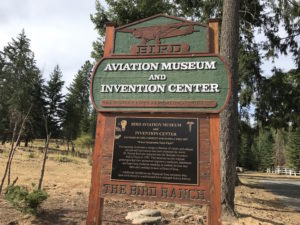 In mid-May, I was in a Passport office in Phoenix, making sure I would get my renewal passport before I left town on this trip. I got to chatting with a couple who were going to travel to Alaska via RV. I blabbed on about my plans for this trip, and mentioned that I wanted to spend some time in Idaho. The man looked up at the ceiling (like we do when we are trying to remember something), and said, “there’s a great bird museum just north of Coeur d’Alene”. I politely thanked him, but didn’t think that it sounded too interesting. Robins and canaries and such? Not in a museum. I promptly dismissed it.
In mid-May, I was in a Passport office in Phoenix, making sure I would get my renewal passport before I left town on this trip. I got to chatting with a couple who were going to travel to Alaska via RV. I blabbed on about my plans for this trip, and mentioned that I wanted to spend some time in Idaho. The man looked up at the ceiling (like we do when we are trying to remember something), and said, “there’s a great bird museum just north of Coeur d’Alene”. I politely thanked him, but didn’t think that it sounded too interesting. Robins and canaries and such? Not in a museum. I promptly dismissed it.
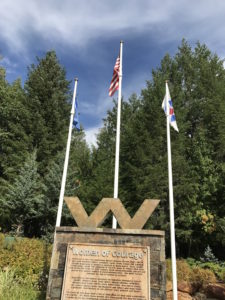
Fast forward to last week. I was headed back to my campsite, traveling on Route 95 about 30 miles north of Coeur d’Alene and a few miles south of Sandpoint Idaho. I see a sign that says, “Bird Aviation Museum, 12 miles” with a sign pointing down a rural road. I think….”Huh, I wonder if that’s what that guy was talking about”. I didn’t know if I would find a museum dedicated to birds, or one about an aviator named “Bird”, or something else. But it was a beautiful afternoon and I was open to an adventure. So I flipped a U-turn, and headed east on the back road — 12 miles on a very narrow, mountainy, curvy road — until I reached the museum.
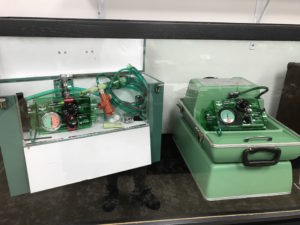 The Bird Aviation Museum and Invention Center is one of those hidden secrets that’s special to run across. Dr. Forrest Bird, who died two years ago at 94 years, was a medical doctor, aviator, and inventor — one of those renaissance people. “A perfectionist”, according to the museum volunteer that I spoke with and who knew him for years. He invented the first reliable ventilator for acute and chronic cardiopulmonary care. One of his inventions, the Baby Bird, is a respirator that cut the mortality rate for premature babies from 70 percent worldwide to less than 10 percent.
The Bird Aviation Museum and Invention Center is one of those hidden secrets that’s special to run across. Dr. Forrest Bird, who died two years ago at 94 years, was a medical doctor, aviator, and inventor — one of those renaissance people. “A perfectionist”, according to the museum volunteer that I spoke with and who knew him for years. He invented the first reliable ventilator for acute and chronic cardiopulmonary care. One of his inventions, the Baby Bird, is a respirator that cut the mortality rate for premature babies from 70 percent worldwide to less than 10 percent.
Throughout his life, Dr. Bird was constantly inventing. I heard one of the volunteers state that Dr. Bird holds the number three spot for number of US issued patents, but I was not able to verify that fact online.
The museum has three “sections”. One is dedicated to historical artifacts of WWII, in which Dr. Bird served as a pilot.
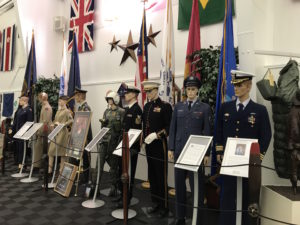
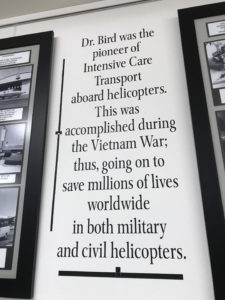
The second is the collection of airplanes. There are 20 aircraft displayed in the two hanger-like buildings (I saw just the main building).
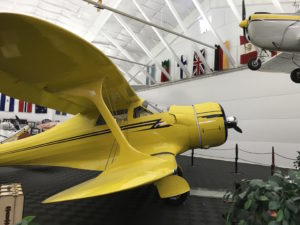
And the third, and to me the most impressive, is a collection of famous inventions and patents, including the Barbie Doll, Scotch-guard, many versions of Dr. Bird’s respiratory medical equipment, the electric guitar, and more.

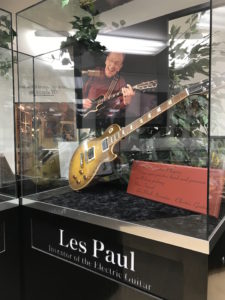
Admission was free, and I got a sense that the museum existed as a way for Dr. Bird to give something back to his local community — to inspire innovation and invention, especially among school kids. They host summer camps for students intended to motivate the use of imagination to make the world a better place. It was reported that Dr. Bird would visit the museum every day to meet the visitors — until shortly before his death.
I had goosebumps for most of my visit — it’ll sound corny, but I really felt that I was in a place that celebrated greatness, but in the most humble way possible.
I am so glad I made that U-turn.

A treasure indeed!
WOW!!! What WONDERFUL adventures you are having!!!
I bet it would be hard to count the lives this man saved with air evacuation and his Baby Bird. I’m going to ask my sister (the one who worked in cardiac intensive care) if she knows his name from all of the respirators. This is so interesting!
Following your journey is our vacation. The “Where have we camped” is on our bucket list.
What an amazing find. It makes me wonder though whether there isn’t another museum out there with actual birds – just based on how the man looking at the ceiling phrased his words. 😬